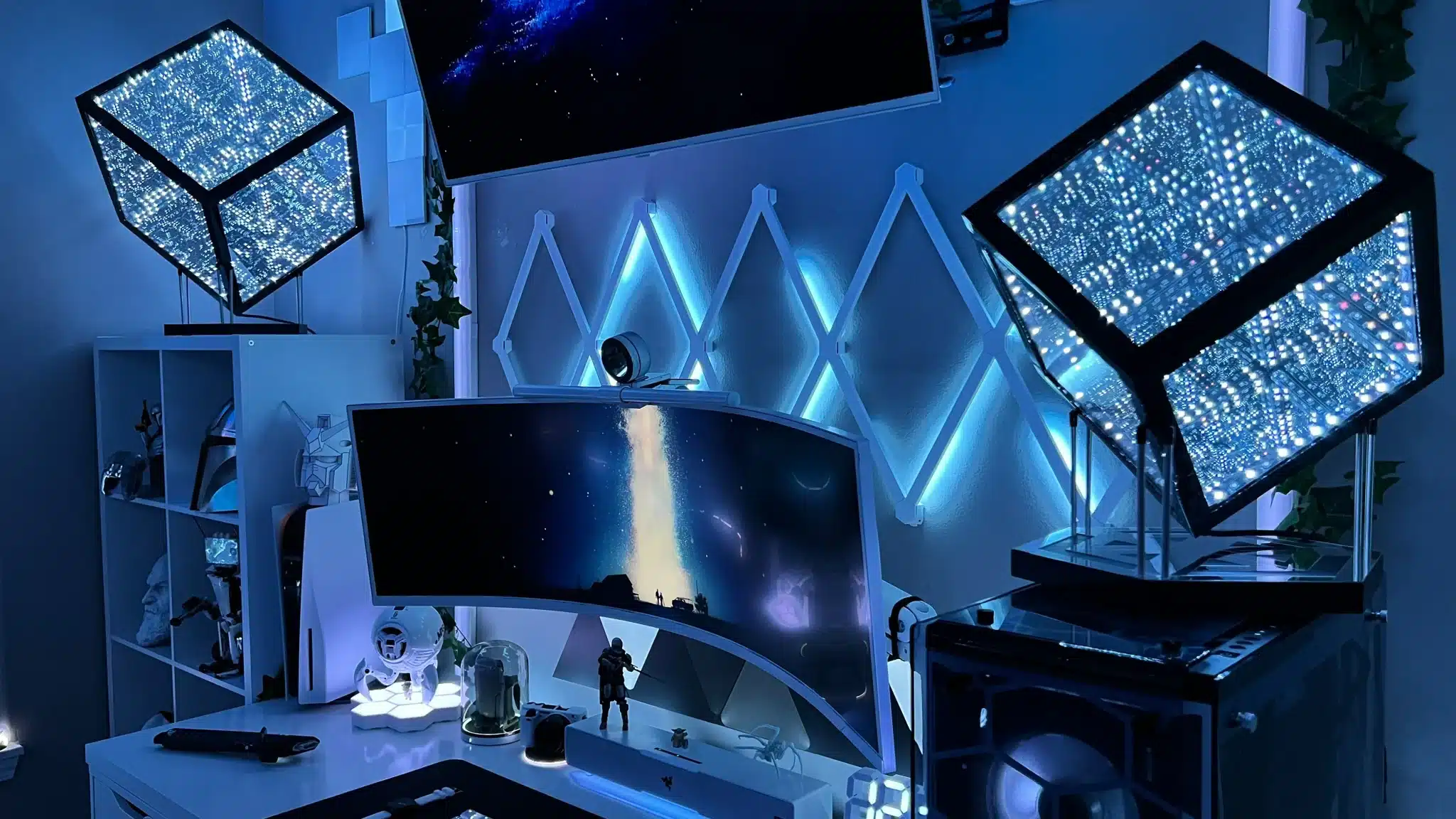The science of poker machines and how they’re designed to keep you engaged.
Ringing bells, flashing lights, and the promise of fortunes—a seemingly simple game is actually a complex system designed to draw players back repeatedly.
A faint electronic glow emanates from under the sliding doors as jingles and dings echo in the distance. For many former gambling addicts in Australia, these pleasant sounds and bright lights from the gaming room act like a siren song, tempting them back to a potentially destructive habit. Once inside, many describe being in “the zone,” losing track of both time and money spent.
But what exactly makes these machines so addictive? Why do people return to them despite knowing the odds are against them?
Experts explain that five key design features of modern electronic gaming machines are crafted to keep players engaged, reinforce habits, and even create addicts.
How Do Sounds and Visuals Reel You In?
A blend of sounds, jingles, messages, and flashing lights teach the brain to link specific cues with winning and thus, pleasure.
We demonstrate these features using a space-themed game. Observe the two spinning reels: which one draws your eye—top or bottom?
Color itself is significant in poker machines. “Different color palettes appeal to different market segments,” explains Charles Livingstone, a gambling policy researcher from Monash University in Australia. The gaming room’s atmosphere, enhanced by these elements, plays a significant role in player retention.
Gaming Room Ambiance

Larger venues with numerous machines generate more revenue per machine than smaller ones. In New South Wales (NSW), clubs with high profits per machine typically feature a large array of machines, providing a collective auditory experience that submerges players into the gaming environment. “The sound of multiple machines at once reinforces the gaming atmosphere,” says Livingstone.
Each machine contributes its unique jingle, which is upbeat and ends on a rising note to hint at a potential win, inviting players to a particular game. For those interested in exploring the thrill of real money pokies, the lure of these auditory and visual stimuli is powerful.
Feature Alarms and Small Wins
Feature alarms, akin to a school bell, notify players of a specific game phase, while catchy theme music during feature plays rewards them with free spins. Livingstone notes, “These tunes can haunt players, driving them to return to the machines.”
The sound of spinning reels, despite being an illusion since outcomes are predetermined, builds anticipation and urges players to continue and see what comes next.
The machines operate on a random reinforcement schedule, never revealing when the next win will occur. This unpredictability fuels the player’s desire for the win, heavily tied to dopamine release—a key part of the brain’s reward system. “In a poker-machine room, you get a dopamine response every few seconds, a powerful addiction mechanism,” says Livingstone.
Psychological Impacts and Misconceptions
The immersiveness of these machines allows players to escape reality, making it challenging for them to take a break and make informed decisions about continuing play, according to Sally Gainsbury, director of the gambling treatment and research clinic at the University of Sydney.
Despite modern machines no longer using physical reels, the design simulates near-misses, persuading players that a big win is just a few spins away. This misconception leads to prolonged play based on irrational thoughts and hopes of recovering losses.
Losses Disguised as Wins
Often, animations and sounds celebrate “wins” that are actually net losses, such as betting $10 and winning 50 cents back, reinforcing the gaming experience as positive even when it leads to financial loss.
“Free” Spins Not So Free
Feature games, triggered by specific symbol combinations, seem to provide “free” spins. However, as Livingstone points out, these spins are not truly free—they’ve been paid for many times over through previous bets.
Jackpot Odds
The bright, flashing lights advertising jackpots draw players, especially those who have already suffered significant losses. Gainsbury highlights that the odds of hitting a major jackpot are about as low as those of winning the lottery, yet this slim chance continues to attract and retain players, driven by the desire to recoup losses.
This complex interplay of design, psychology, and randomness keeps poker machines at the forefront of gambling technology, continuously attracting players back to their reels.

